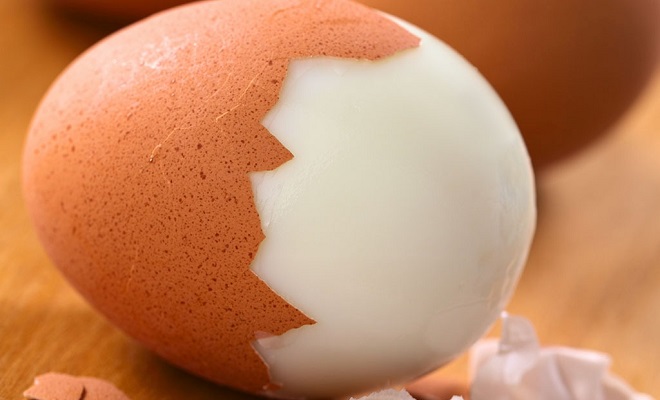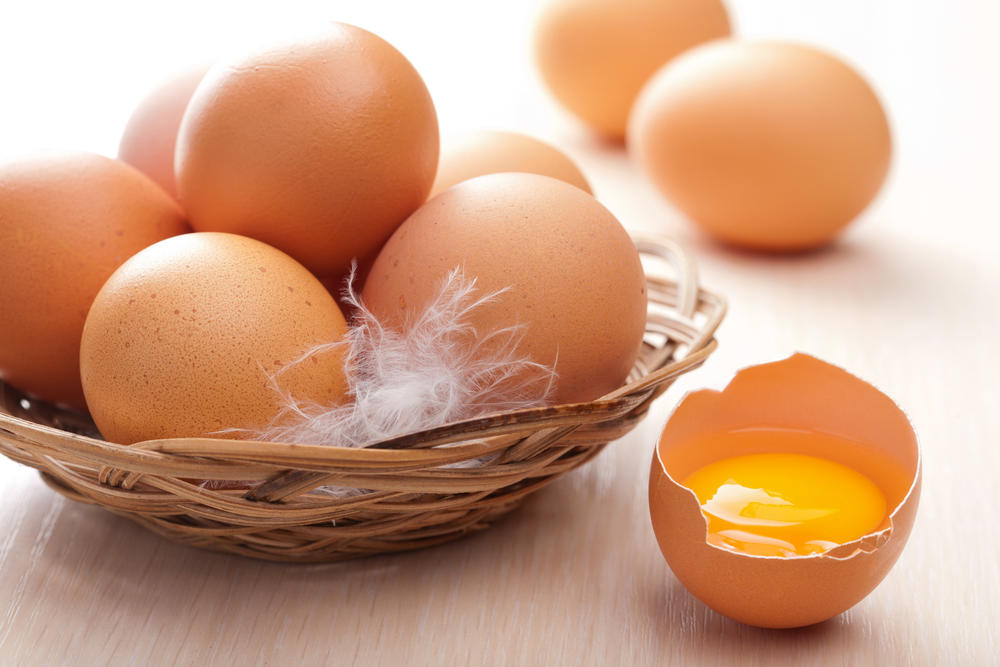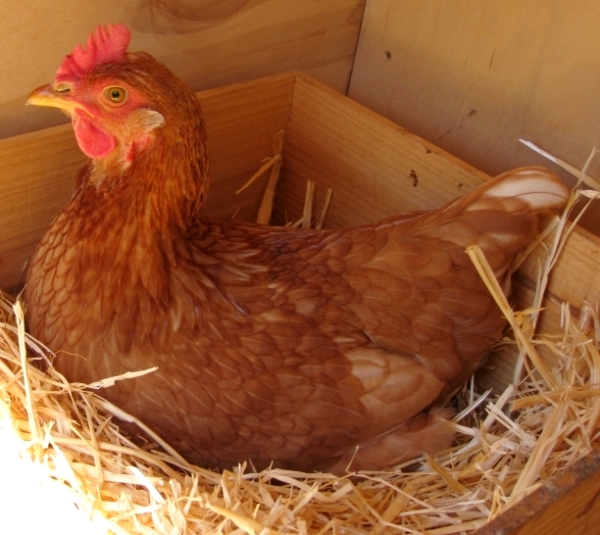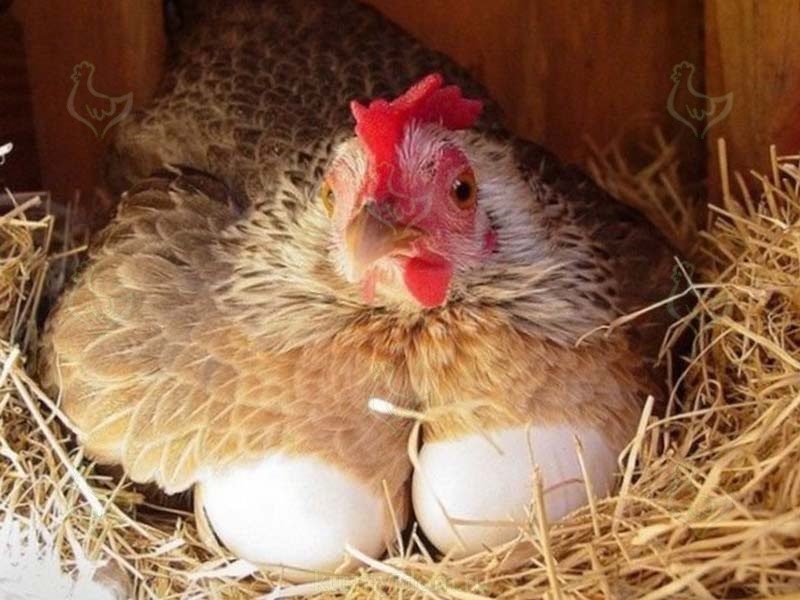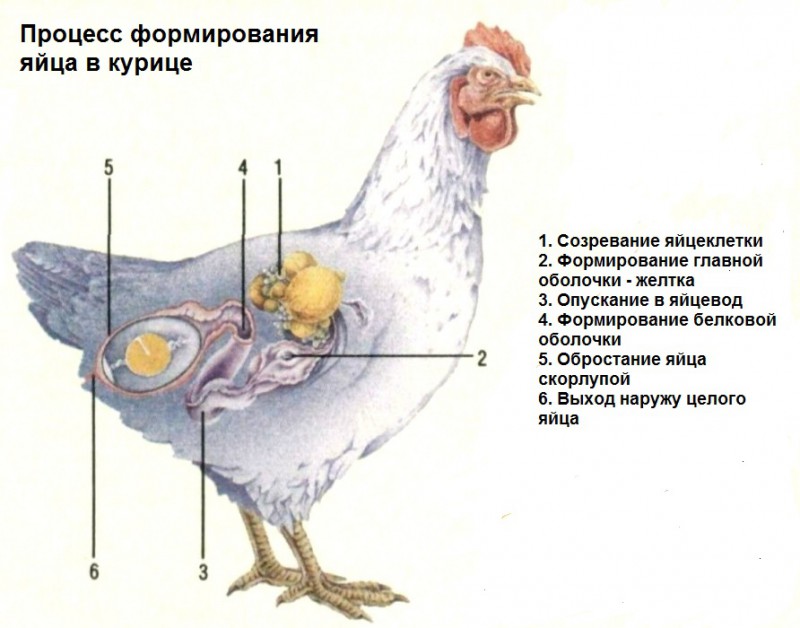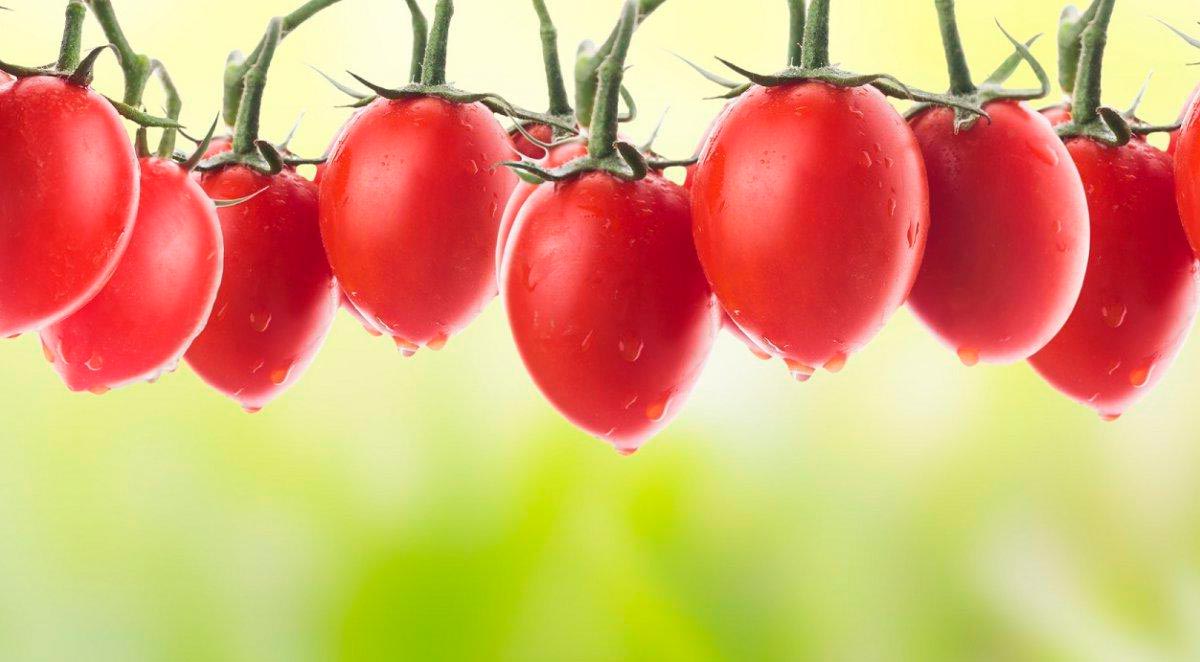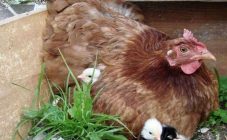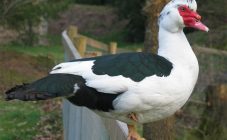Content:
The chicken egg is one of the most common and favorite foods. Not only the variety of recipes with their use requires special attention, but also how the chicken lays the egg. The process of their formation is very complicated and interesting. Having learned more about it, a novice poultry breeder and any consumer will appreciate such a familiar product even more.
Varieties and labeling
Usually any egg in a poultry farm has its own mark. The first part of the stamp indicates the shelf life, and the second - the category. Eggs are divided into 2 varieties: dietary (respectively the letter "D" in the marking) and table (letter "C"). Diet are those that are stored at subzero temperatures. These eggs should be sold within a week. The day when the egg was laid is not included in these 7 days. Thus, a fresh product is called dietary, and not a special variety of chicken eggs.
Diet properties:
- motionless yolk;
- dense protein;
- the height of the empty space is 4 mm or less.
These eggs are marked in red. In this case, not only the month is necessarily put, but also the date when it was demolished. This is done to validate its dietary value. Table eggs usually only include a category stamp. It is applied in blue.
After a week and further, the protein becomes more liquid, and the yolk decreases and becomes mobile. The space occupied by air can increase up to 9 mm. Such an egg automatically becomes a table egg. Their implementation takes place according to different rules. Without a refrigerator, they are not stored for more than a month, and in the refrigerator they can be stored for up to 3 months.
Categories and weight
The categories of eggs, in accordance with Russian legislation, differ in weight. In simple terms, the category is the egg size. How much does a chicken egg weigh? An egg of the highest category weighs 75 g and more, selected 65-75 g, the first category is 55-65 g, the second is 45-55 g, the third is 35-45 g. For example, the marking “C2” means a table egg of the second category, and “DV "- dietetic egg of the highest category.
In details:
- An egg of the first category without shell weighs 51-58 g. The weight of the protein is 31-35 g, and the yolk is 20-24 g. A dozen of these eggs weigh about 0.65 kg.
- An egg of the second category without a shell weighs 41-51 g. The weight of the protein is 26-30 g, and the yolk is 17-20 g. The weight of a dozen is 0.55 kg.
- An egg of the third category without shells weighs 31-39 g. The weight of the protein is 18-24 g, and the yolk is 11-15 g. The weight of a dozen is about 0.45 kg.
- An egg of the highest category with a shell weighs 75 g, and without it - 67 g. At the same time, the protein occupies 70% of the total volume and weighs about 42 g, and the yolk weighs about 25 g.
The beginning of maturation and egg production
At what age do pullet hens begin to lay (bird of the first year of life)? It is impossible to determine exactly. It all depends on the care of the birds, the place of their keeping, whether they have enough space for walking. The quality and quantity of their food is also of great importance. Overeating leads to obesity and decreased egg production. If favorable conditions are created for chickens, the appearance of the first clutch can be expected soon. A chicken is sexually mature when it weighs ¾ the weight of an adult. At this time, she begins to rush. Young chickens of the egg breed mature 4-5 months after birth. From week 17, the first egg can be expected to appear.
Chickens of the meat and egg breed mature by 6 months of age, and begin to lay at 20 weeks of age. Meat breeds of chickens will lay their first egg at 8 months, so they are usually not kept for egg production. On average, chickens are ready to lay in the first six months of their life. If the bird is demolished much earlier than the due date, then it will have health problems. Therefore, you should not speed up the beginning of the process of laying eggs in all possible ways.
How many years does a chicken rush at home
A home egg laid by a pullet is similar in size to a store egg of the third category. The older the chicken gets, the larger the egg it has. The chicken reproductive system has different stages of maturity. After the start of laying, the size of eggs and yolk in birds gradually increases, but over time they begin to decrease.
In the first year of life, the hen produces the largest number of eggs. The number of eggs decreases every year. Therefore, farms, the purpose of which is to obtain eggs, mainly keep young chickens. A year later, the bird is slaughtered and pullets are started instead. On average, a laying hen produces about 200 eggs per year. How many eggs does a hen lay per day? A healthy chicken can be carried daily. You can increase egg production by extending daylight hours for the chicken. If a hen “thinks” that there are 28 hours in a day, she can lay 2 eggs a day.
After six months after the first egg-laying, the hen lays eggs with less frequency. The hen is most fruitful before the start of molting. During it (usually this is the autumn period), the bird prepares for winter, changes feathers. She lives as usual, but does not rush for a whole month. After the end of molting, productivity is also high, but already 85%. In the second year of life, the chicken becomes a less effective laying hen.
Conditions for increased egg production
Good conditions of detention:
- comfortable temperature in the hen house;
- food, which contains a sufficient amount of trace elements, vitamins and greens;
- adequate lighting;
- the presence of a rooster.
Only then can chickens lay effectively for several years. It is especially important to ensure that the chickens are well fed during winter. Then they will regularly rush in winter. Grain should be given to them in a germinated form.
Chickens are usually laid between 9:00 and 13:00. The bird stays in the nest for about 50 minutes. Before laying the egg, she can stay in the nest for a maximum of 40 minutes. The masonry process itself takes only 5 seconds. After that, the chicken leaves the nest or remains in it for up to half an hour.
How chickens get eggs
Chickens, like all birds, have an unusual feature. The embryo does not develop in the bird's body, but in the egg. The female chicks hatch from the eggs, having thousands of tiny eggs that look like a bunch of grapes, except that instead of berries, they contain underdeveloped yolks. When the bird reaches maturity, the egg descends into the fallopian tubes and egg development starts.
Egg formation starts from the yolk (ovum). The mature egg yolk breaks off and falls into an oviductal funnel approximately 9 cm long. When passing through the protein part, the first layers of protein are formed. Further, in the isthmus, sub-shell membranes are formed, and in the uterus, a shell is formed. Where does a chicken come from an egg? Already fully formed, it passes through the vagina and cloaca.
This whole process takes about a day. During this time, the yolk grows and is surrounded by a wrapped protein. Next, the yolk and white are placed in a calcium shell. The last stage of egg formation is the application of pigment to the shell.
There are eggs with 2 yolks.This is not an anomaly, but a common occurrence. This happens, since almost simultaneously 2 egg yolks are released from the ovary. Further, they are both enveloped in protein, membrane and shell, just as if it were one yolk.
If the rooster has trampled on the chicken, the yolk will be fertilized before it is coated with albumin. The embryo develops in the fertilized egg. The yolk provides nutrition to the embryo, and albumin is a kind of pillow.
Chicken shells as fertilizer
Eggshells are an excellent fertilizer for many plants. If you fertilize the soil with 2 kg, then the yield will increase 2 times. Some people simply crumble the shell and scatter it on the surface, but this method is not very effective, since the fragments just lie on the ground, not bringing much benefit. In this form, it benefits only the birds that eat it.
This process can be started after collecting 1 kg. There is a simple rule of thumb for this. The raw shell is put in a box and left to dry. This takes 3 to 5 days. After that, it is rammed and folded into paper bags. You should not store raw materials in polyethylene, so that it does not become wet and does not deteriorate. You can even collect the shells from boiled eggs. Only the solid part without protein is taken.
To make fertilizer, you need to cover the table with a soft cloth or oilcloth, lay out evenly broken shells and roll it with a rolling pin. Grinding will be faster if dry. Next, you should pass the crushed shell through a meat grinder or coffee grinder. Egg flour will decompose quickly and enrich the soil. The combined fertilizer will be obtained if the shells fried in a fire or stove are crushed together with ash.
To make a liquid fertilizer you need:
- Dry raw materials.
- Grind to make flour.
- Transfer powder to a glass container and close tightly with a lid.
- Place the container in a cool, dark place. She should stand there for 2 weeks. After this time, an unpleasant odor will appear, which means that the formula is ready.
- Liquid fertilizer is diluted 1: 3 before feeding.
Interesting Facts
Without deviating from the topic, about the most unusual moments of obtaining eggs:
- A pregnant hen, or hen that lays eggs, is called a laying hen. A hen that incubates eggs is called a brood hen.
- For poultry farms, egg production is one of the main indicators for breeding a certain breed of bird. For Leghorns, this figure can reach 371 pcs. in year. In 1930, a hen of this egg breed produced 361 eggs in 364 days. Her nickname is Princess Tae Cowan. And in 1979, a white hen of the same breed laid 371 eggs during the same time.
- Another record is the 454-gram weight of a chicken egg. It was demolished by a Leghorn chicken in 1956. It had 2 yolks and a double shell.
- In 1977, the USSR received eggs with 9 yolks in each.
- Some people have an interesting question: how many chicken eggs will fit in one ostrich. The ostrich egg is the largest of all birds. Its weight ranges from 1.5 to 2 kg. Thus, about 3 dozen testicles of the highest category will fit in one ostrich.
Now, knowing everything about egg products, it will become easier for the poultry farmer and the ordinary consumer to decide on their choice and use.
